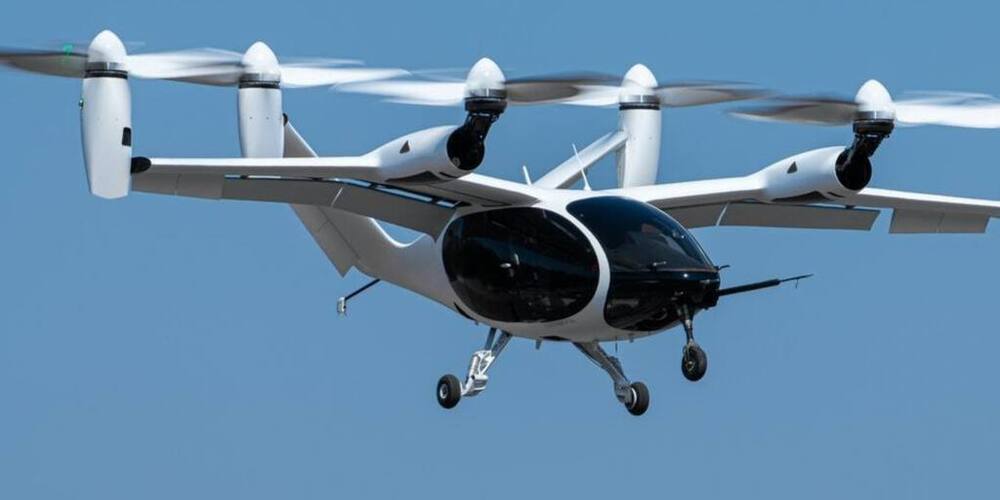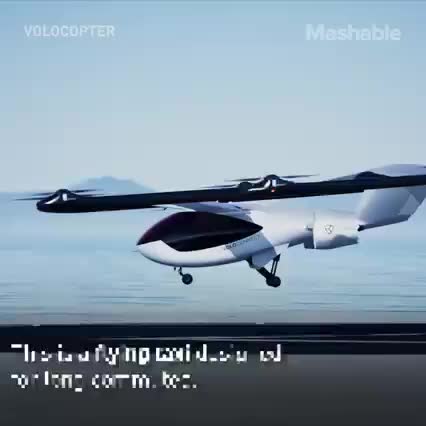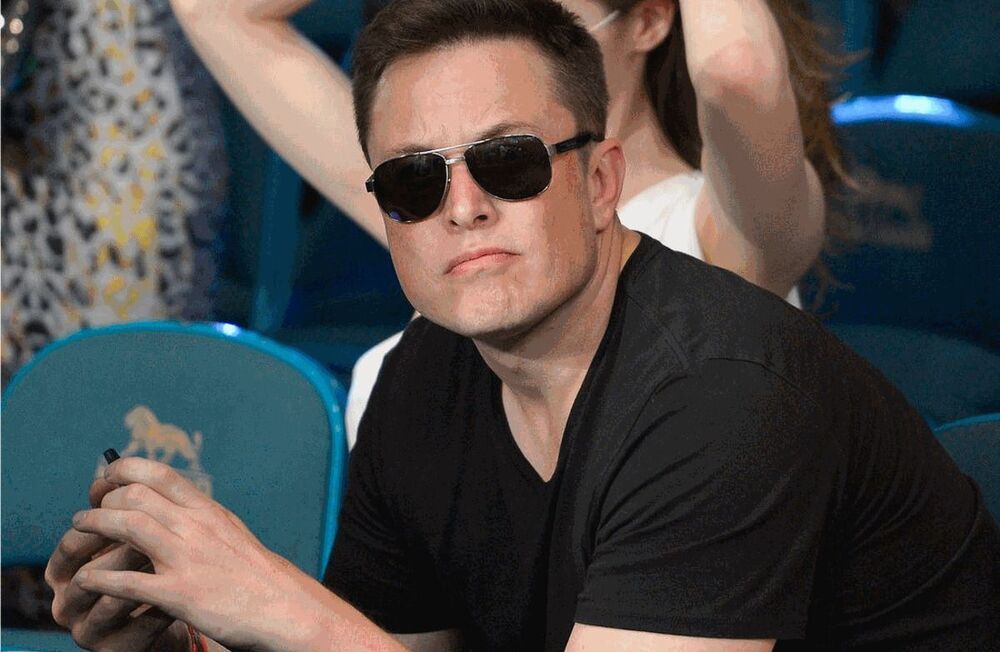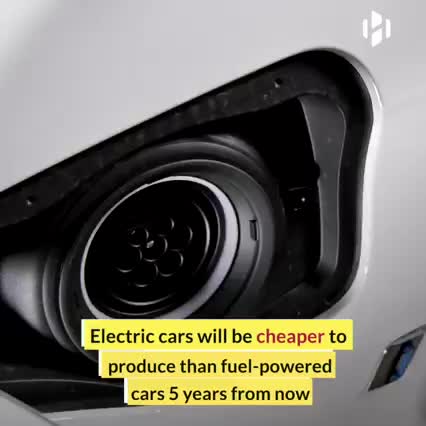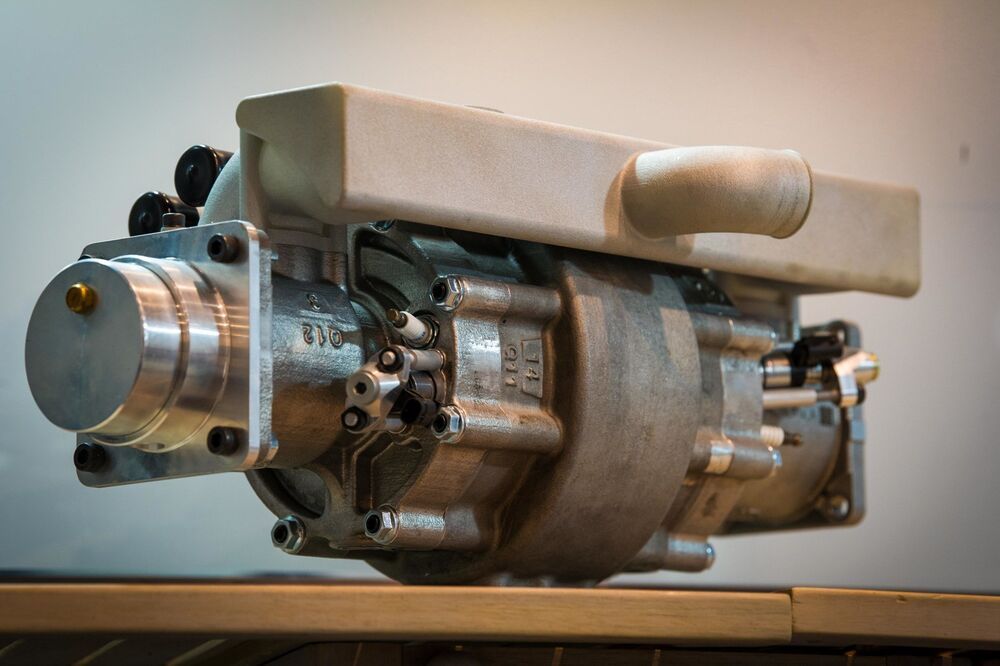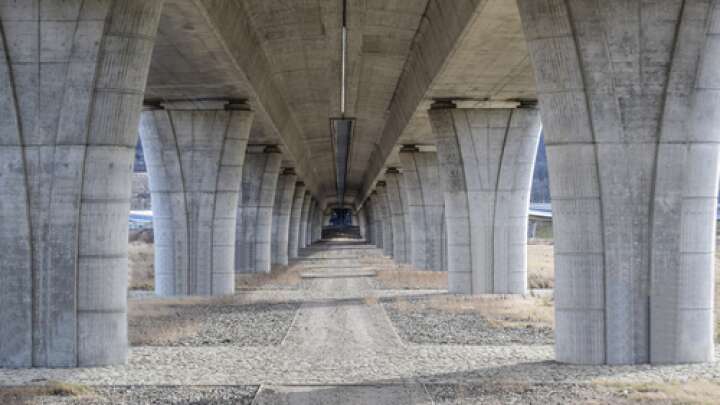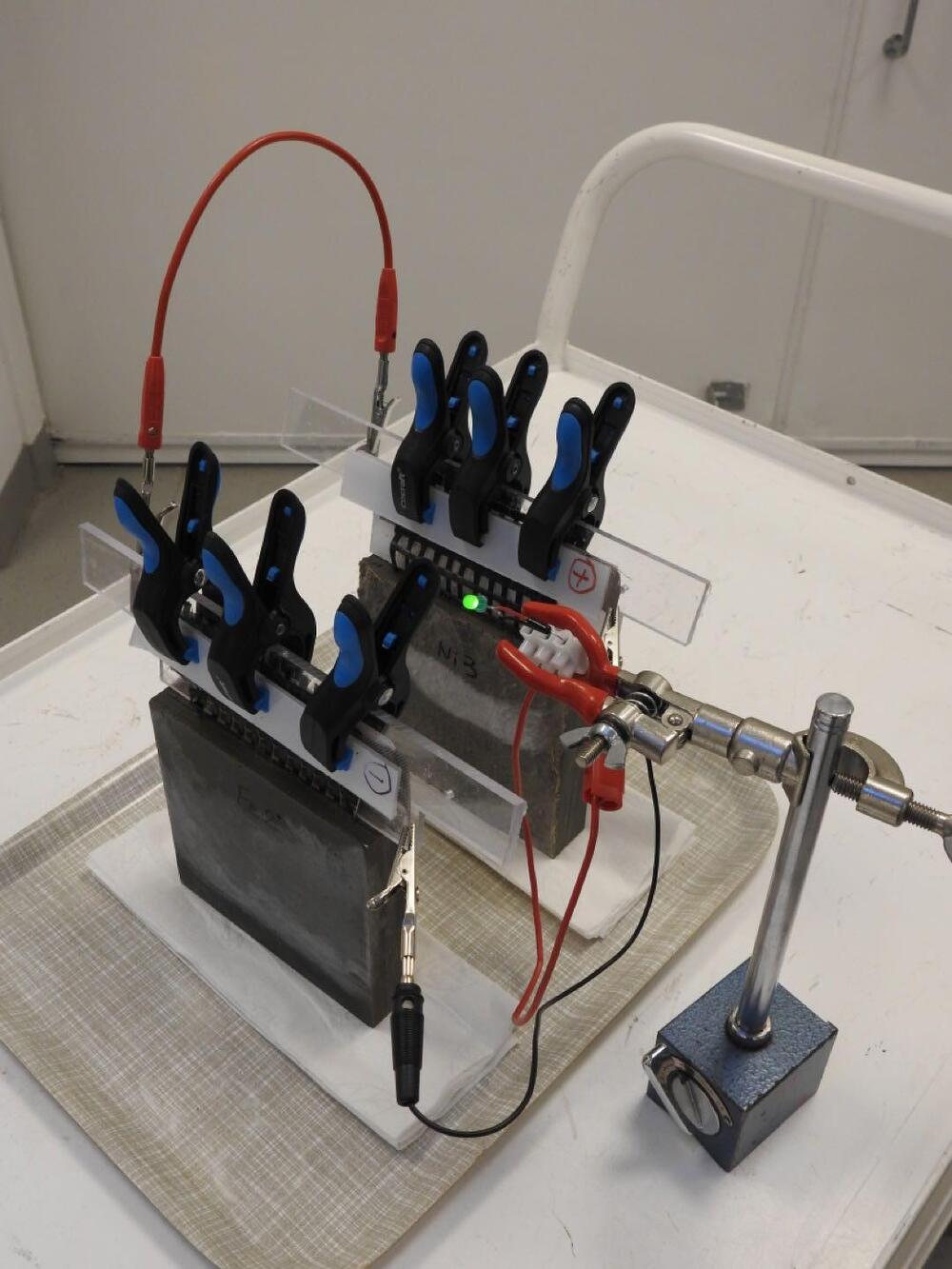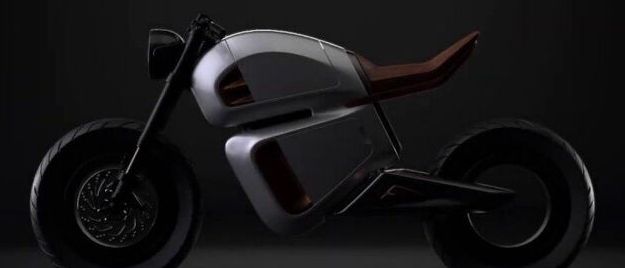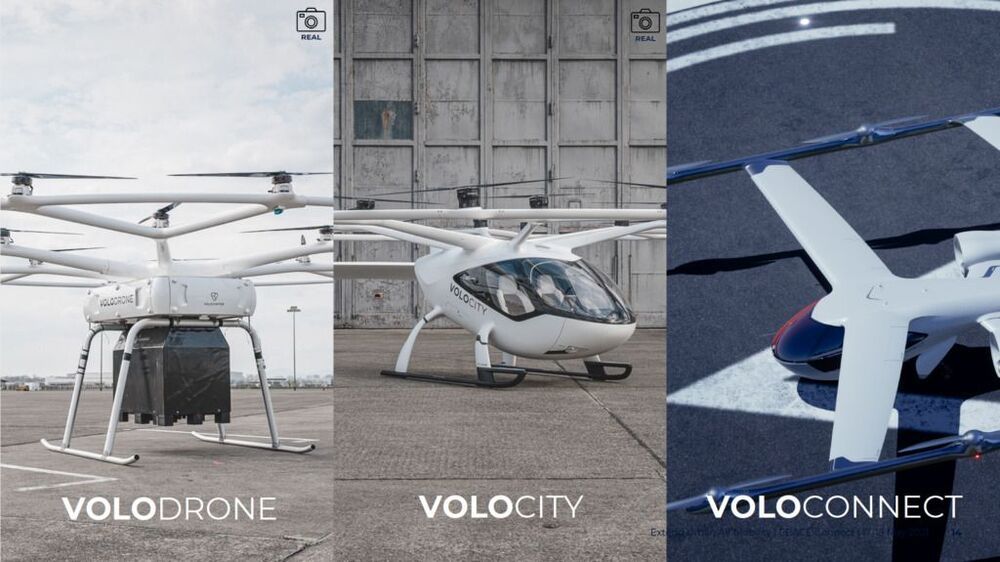May 23, 2021
Flying cars at 2025 Expo: Japan crafts ‘rules of the sky’
Posted by Muhammad Furqan in categories: government, robotics/AI, transportation
The Japanese government expects flying cars to launch full-scale in urban areas by the 2030s and wants to use the 2025 World Exposition in Osaka to promote the cutting-edge technology, as well as smooth the way for their real-life adoption.
TOKYO — With flying cars inching closer to real-world use, Japan will start working on new legislation as early as next month to allow passengers on the soaring sedans at the World Exposition in Osaka in 2025.
The Japanese government expects flying cars to launch full-scale in urban areas by the 2030s. It wants to use the expo to promote the cutting-edge technology and smooth the way for their real-life adoption.
Continue reading “Flying cars at 2025 Expo: Japan crafts ‘rules of the sky’” »
